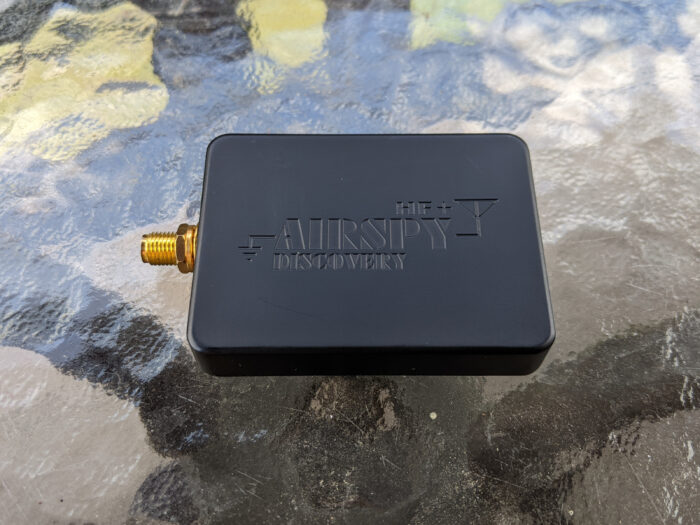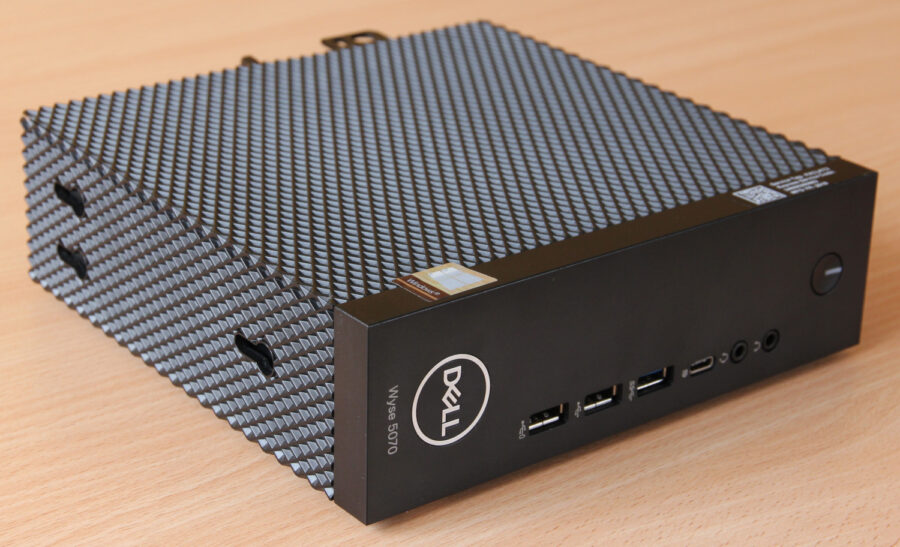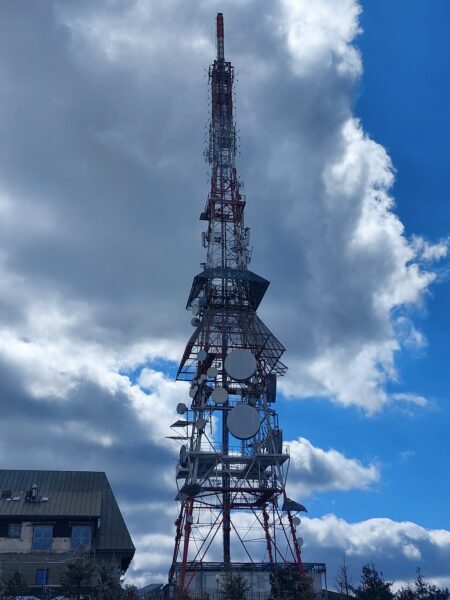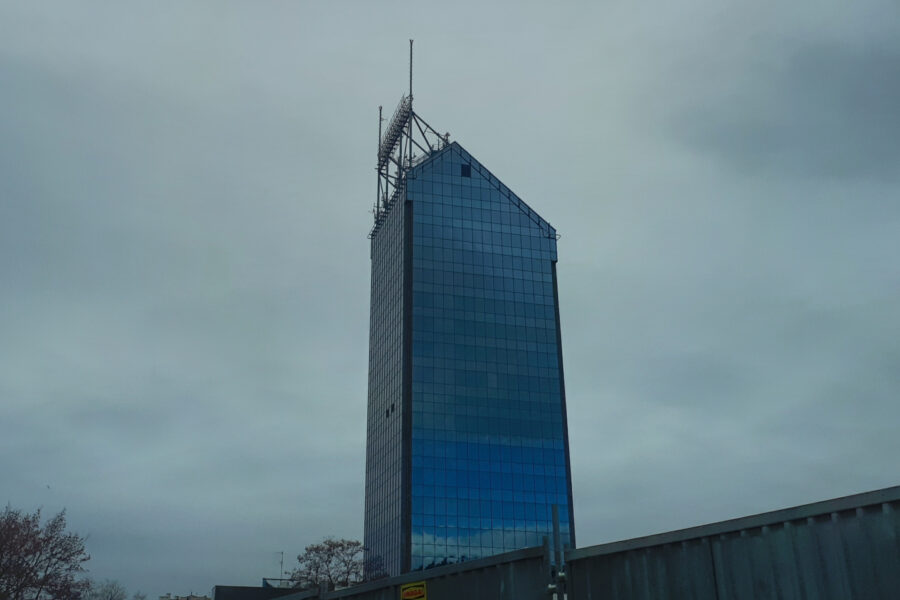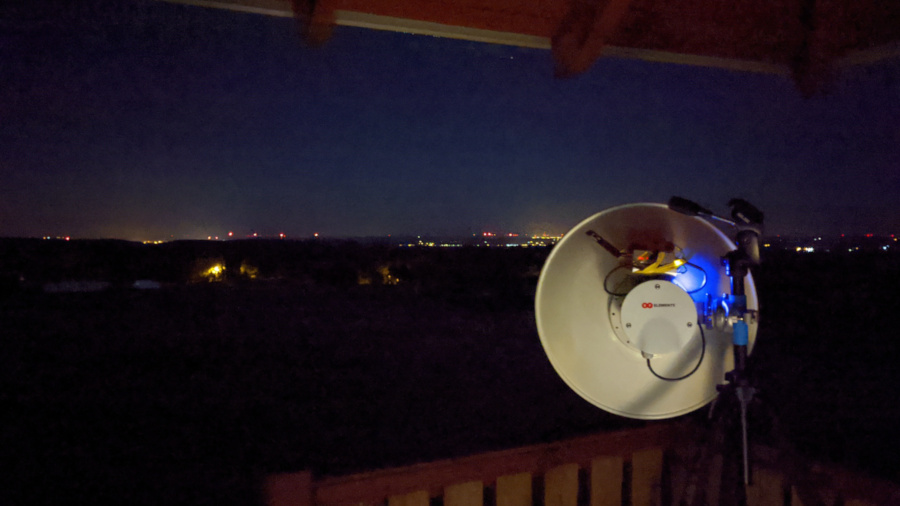Fixing Airspy HF+ Discovery VHF interferences issue
A few years ago I bought the original dual port Airspy HF+ and was amazed by it’s reception quality. I’m using this sdr receiver up to this day for both HF and FM DX-ing and couldn’t find any other affordable yet so good receiver. Back in 2021 I bought Airspy HF+ Discovery as a replacement in case my dual port receiver is struck by ESD during lightning storm or something else.
Most noticeable differences are lack of metal casing which if present, could be useful in noise and interference reduction, and it has only a single SMA port which is fine for simple setup with single wideband scanner antena, but it’s definitely problematic for someone using separate HF and VHF antennas for better gain and performance. Similarly to dual port model, this device also uses micro-USB port which can potentially cause some troubles. If you stumble upon a connection problem when your computer doesn’t detect a device, or does detect but for some reason SDR software can’t connect to it, please check your usb cable. In my experience even good looking cables with no visible damage to the plug can be faulty, that’s why I’m using my trusted high quality cable filled with ferrite chokes/beads.

